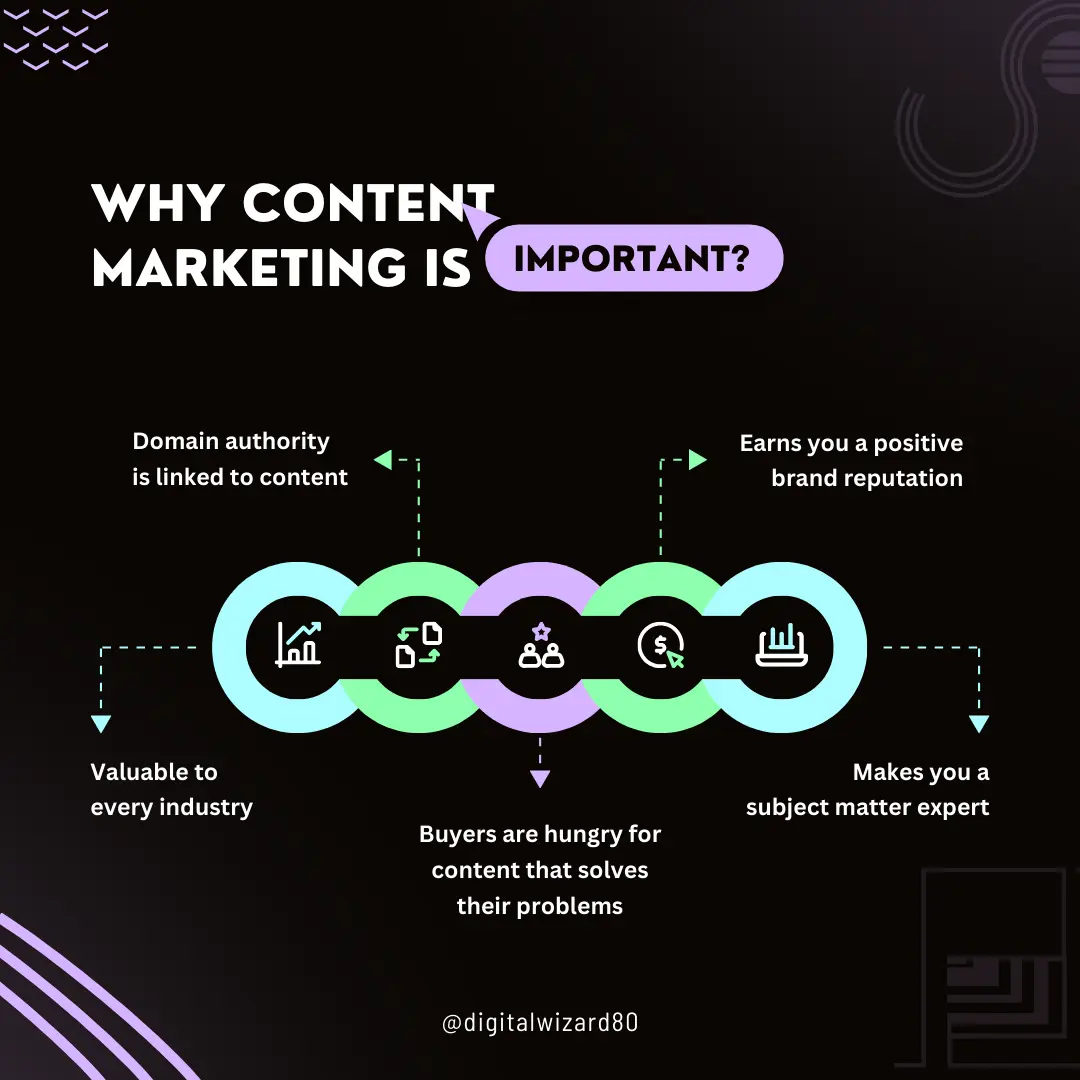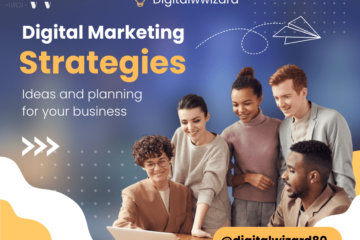Introduction
To attract and retain a precisely defined audience, content marketing is a strategic approach that focuses on the production and dissemination of meaningful, timely, and consistent content. Instead of directly promoting goods or services like traditional advertising, content marketing seeks to provide answers, entertainment, or information that is appropriate to the needs and interests of the target audience.
The basic idea behind content marketing is to establish credibility and trust by giving consumers useful information that informs, entertains, or resolves issues. Using a variety of platforms like blogs, social media, videos, podcasts, and others, companies can connect with their intended customers and establish themselves as experts in their field.
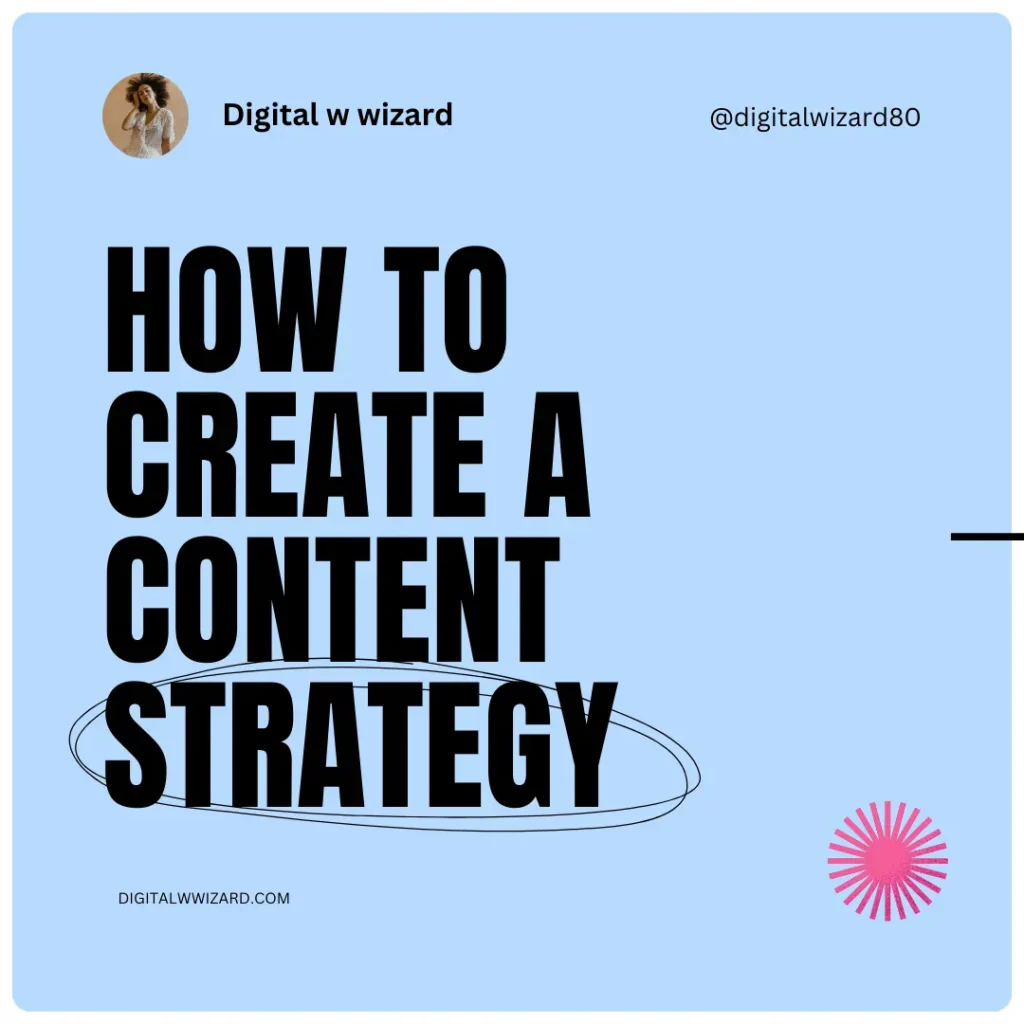
Understanding Content Marketing
Definition and Scope Marketing of Content:
Define what content marketing is and explain its broad scope, including the various content formats and distribution channels used to attract, engage, and retain audiences.
Key Elements of an Effective Content Marketing Strategy:
Explore the essential components of a successful marketing strategy, including audience research, content creation, distribution, and measurement.
Role of content in building brand awareness and loyalty:
Discuss how well-crafted content helps businesses establish their brand identity, increase visibility, and foster long-term relationships with customers.
Strategies for Creating Engaging Content

Identifying your target audience and understanding their needs:
Explain the importance of audience segmentation and how understanding their preferences, pain points, and interests helps in content creation.
Creating Compelling and Relevant Content:
Provide tips and best practices for creating content that resonates with the target audience, such as solving their challenges, providing valuable insights, and engagingly presenting information.
Using different content formats (e.g., blogs, videos, infographics):
Explore different content formats and their suitability for delivering different types of information, engaging different audience segments, and meeting different preferences.
Leveraging storytelling techniques to captivate the audience:
Highlight the power of storytelling in content marketing and provide examples of how brands effectively use narratives to connect with their audiences on an emotional level and increase engagement.
Distribution Channels and Strategies
Choosing the right distribution channel for your content:
Discuss the different distribution channels available to marketers, such as social media platforms, email newsletters, blogs, and third-party websites, and guide on selecting the most appropriate channels based on audience demographics and content objectives.
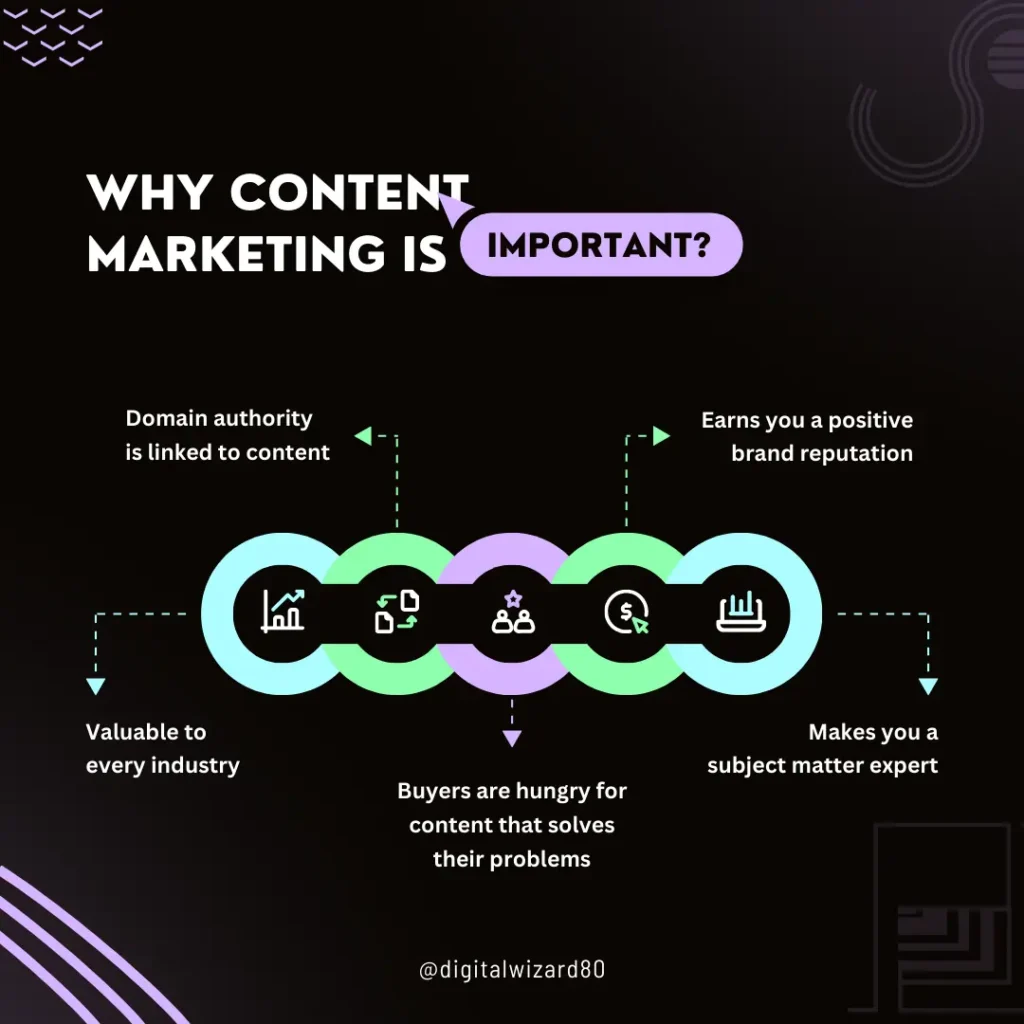
Maximizing the reach of your content through social media, email marketing, and SEO:
Examine ways to reach customers through email marketing campaigns, maximize distribution of content on social media platforms, and increase search engine presence through SEO techniques.
Partnering with influencers and affiliates to expand the reach of your content:
Talk about the benefits of working with influencers, industry professionals, and other content producers to increase the visibility of your work, attract a larger audience, and establish credibility.
Measuring Success and Maximizing ROI
Setting clear and measurable goals for your content marketing efforts:
Emphasize the importance of setting clear goals for content marketing campaigns, such as increasing revenue, generating leads, or increasing website traffic, and developing relevant metrics to monitor success.
Key Performance Indicators (KPIs) to track and measure success:
Determine key performance indicators (KPIs) and metrics (such as likes, shares, and comments), conversion rates, and return on investment (ROI) that are used to assess the success of content marketing campaigns.
Analyzing data to optimize content performance and ROI:
Talk about how data analytics can be used to learn more about audience behavior, the success of campaigns, and the performance of content. Then, provide advice on how to use this knowledge to improve content strategy and increase return on investment.
Techniques of iteration and continuous improvement based on insights:
By experimenting with different content forms, delivery methods, and messaging tactics, and refining your approach in response to audience feedback and performance data, you can foster a culture of experimentation and continuous improvement.

Examples and Case Studies
1. Demonstration of Successful Content Marketing Campaigns:
Provide case studies and illustrations of successful businesses that highlight their creative execution, inventive strategies, content marketing efforts, and excellent results.
2. Analyzing what makes these campaigns effective:
Analyze the essential components of content marketing campaigns that succeed, including a deep understanding of the target audience, entertaining narratives, efficient delivery methods, and quantifiable results.
3. Lessons learned and actionable tips for readers:
Take exclusive case studies and examples and provide useful lessons and insights to give readers useful advice and strategies for their content marketing campaigns.
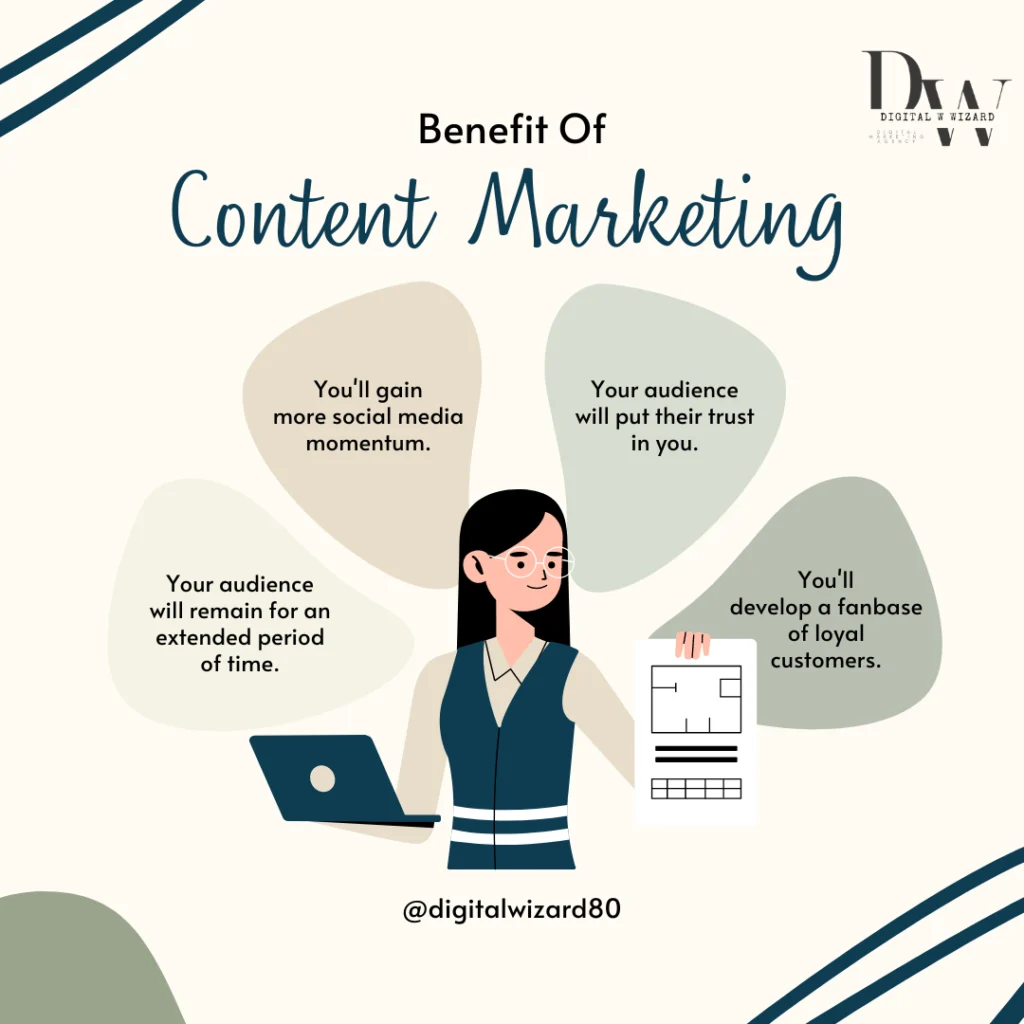
Conclusion
Write a summary of the main ideas covered in the blog post, emphasizing the most important strategies and guidelines for producing high-quality content, expanding your audience, measuring performance, and maximizing return on investment.
Emphasize the fluidity of content marketing and the need for marketers to keep up with new developments in customer tastes, technology, and trends so they can modify their approach as needed.
Frequently Asked Questions (FAQs)
Q.1 What is content marketing, and why is it important?
Ans. To attract target audiences and maintain their interest, content marketing is a strategic technique that involves the production and dissemination of meaningful, timely, and consistent information.
This is important because, in the current digital environment, it helps businesses increase customer engagement and loyalty, establish trust, and create brand awareness.
Q.2 How can I identify my target audience for content marketing?
Ans. Start by conducting market research to learn about the psychographics, behavioral patterns, and demographics of potential customers to determine who your target audience is. Create buyer personas that accurately reflect your potential customers by gathering information using tools like surveys, interviews, and social media analytics.
Q.3 How can I optimize my content for search engines (SEO)?
Ans. Conduct keyword research to find relevant words and phrases associated with your brand and intended audience to optimize your content for search engines. Make sure all of your content – titles, headings, body text, and meta tags – naturally include these keywords. Focus on creating valuable, high-quality content that also meets your audience’s needs and interests.
Q.4 How do I stay updated on the latest trends and best practices in content marketing?
Ans. It takes continual education and interaction with industry resources to stay current on the newest trends and best practices in content marketing. Join relevant online groups, subscribe to podcasts and emails focused on content marketing, follow respectable blogs, and go to webinars and conferences. Engaging in peer networking and experience sharing can yield significant insights and inspiration for your content strategy.


